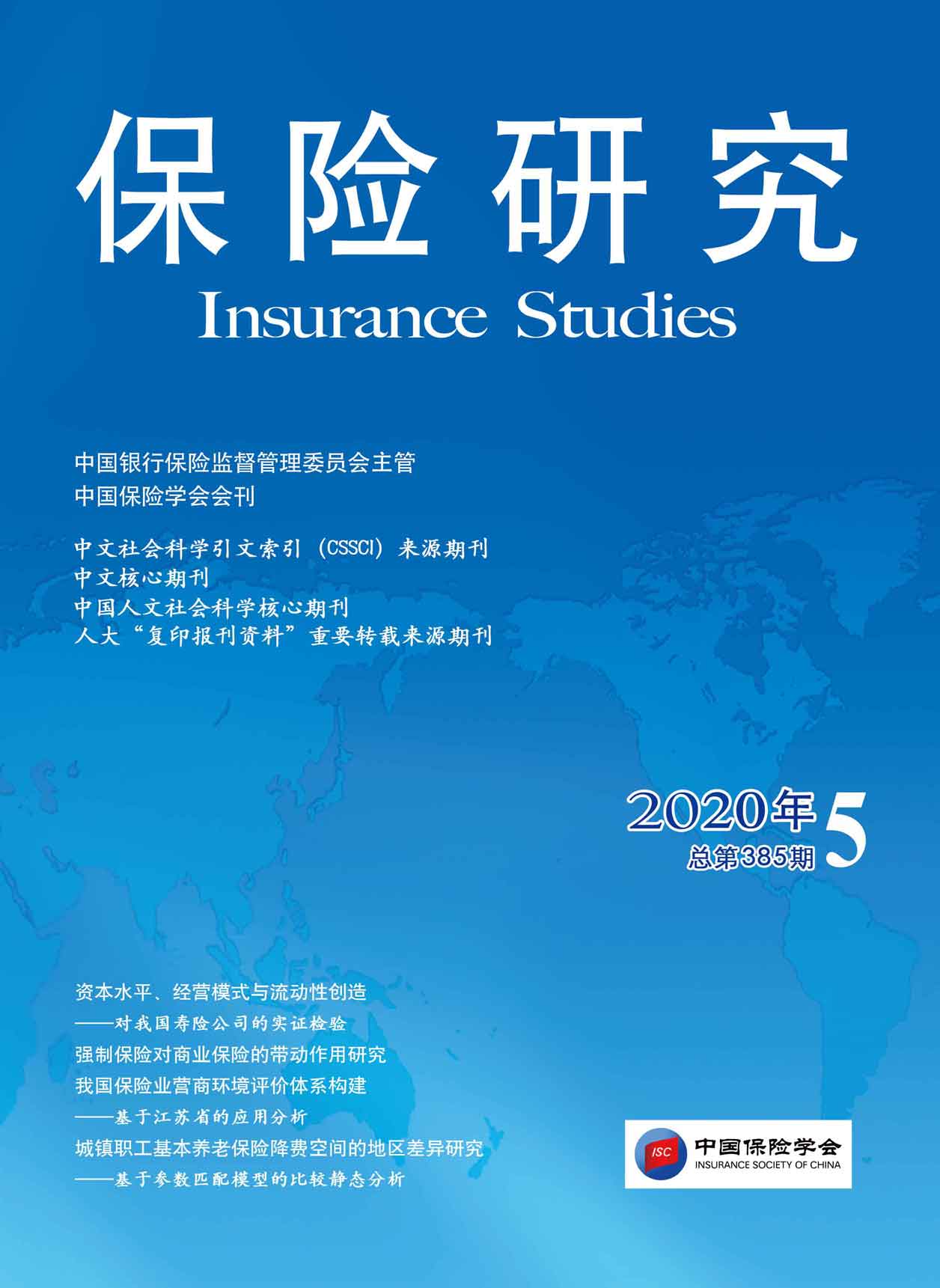
《保险研究》20200502-《强制保险对商业保险的带动作用研究》(高立飞、王国军)
[中图分类号]F840.4 [文献标识码]A [文章编号]1004-3306(2020)05-0020-14 DOI:10.13497/j.cnki.is.2020.05.002
资源价格:30积分
- 内容介绍
[摘 要]强制保险在风险管理领域发挥着愈加重要的作用,其与商业保险发展的内在关系也逐渐引起各界的关注。本文基于中国家庭金融调查(CHFS)2015年的数据,利用probit模型和倾向得分匹配法(PSM)研究了强制保险对商业保险发展的带动效应。结果显示:投保交强险的个体投保商业车险的概率显著更大,拥有强制人身保险的个体投保商业人身保险的概率显著更大,车险与人身保险之间还存在一定的交叉带动效应。进一步的研究发现,强制保险对商业保险发展的带动效应存在城乡、区域、工作单位类型等方面的异质性。本研究对于进一步促进强制保险与商业保险良性互动发展,提高民众保障水平,加快实现保险业高质量发展具有重要意义。
[关键词]强制保险;商业保险;带动效应;probit模型;倾向得分匹配
[基金项目]对外经济贸易大学研究生科研创新基金资助(项目编号:201923)。
[作者简介]高立飞,对外经济贸易大学保险学院博士研究生;王国军,对外经济贸易大学保险学院院长助理、教授、博士生导师。
A Study on the Driving Effect of Compulsory Insurance for Commercial Insurance
GAO Li-fei,WANG Guo-jun
Abstract:Compulsory insurance plays an increasingly important role in the field of risk management,and its inherent relationship with the development of commercial insurance has gradually attracted attention from all walks of life. Based on the data of China Family Finance Survey (CHFS) 2015,this paper studied the driving effect of compulsory insurance on the development of commercial insurance by using the Probit model and propensity score matching method. The results show that the individual with compulsory motor vehicle traffic accident liability insurance has a significantly higher probability of purchasing commercial vehicle insurance,the individual with compulsory personal insurance has a significantly higher probability of purchasing commercial personal insurance,and there is a certain cross driving effect between vehicle insurance and personal insurance. Further research finds that the driving effect of compulsory insurance on commercial insurance development exists heterogeneity in urban and rural areas,different regions and types of work units. This study is of great significance for further promoting the positive interaction between compulsory insurance and commercial insurance,improving the level of public security,and accelerating the realization of high-quality development of the insurance industry.
Key words:compulsory insurance;commercial insurance;driving effect;Probit model;propensity score matching
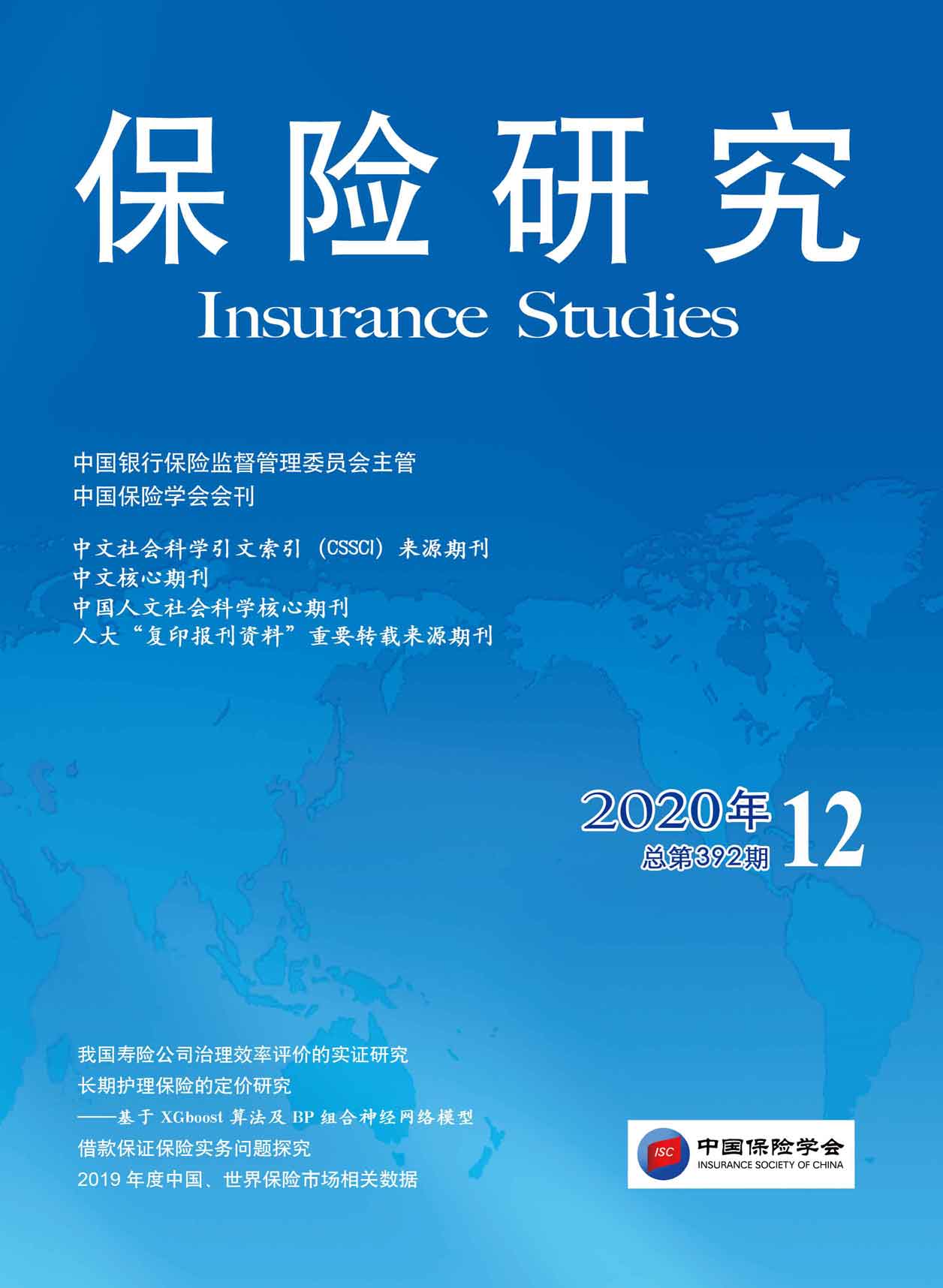
《保险研究》20201201-《我国寿险公司治理效率评价的实证研究》(王稳、田满霞)
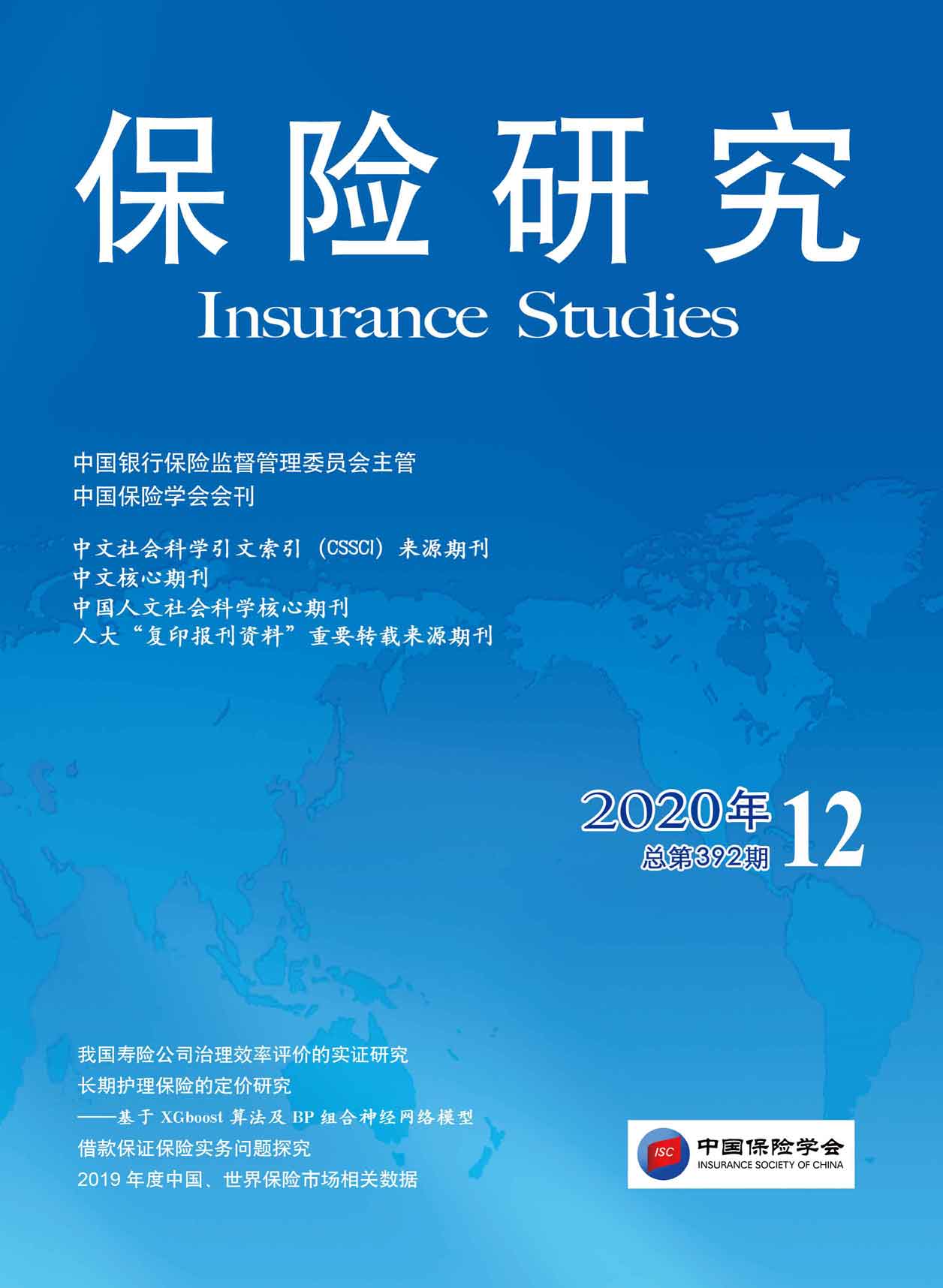
《保险研究》20201202-《健康风险、医疗保险与消费》(邵全权、郝天琪)
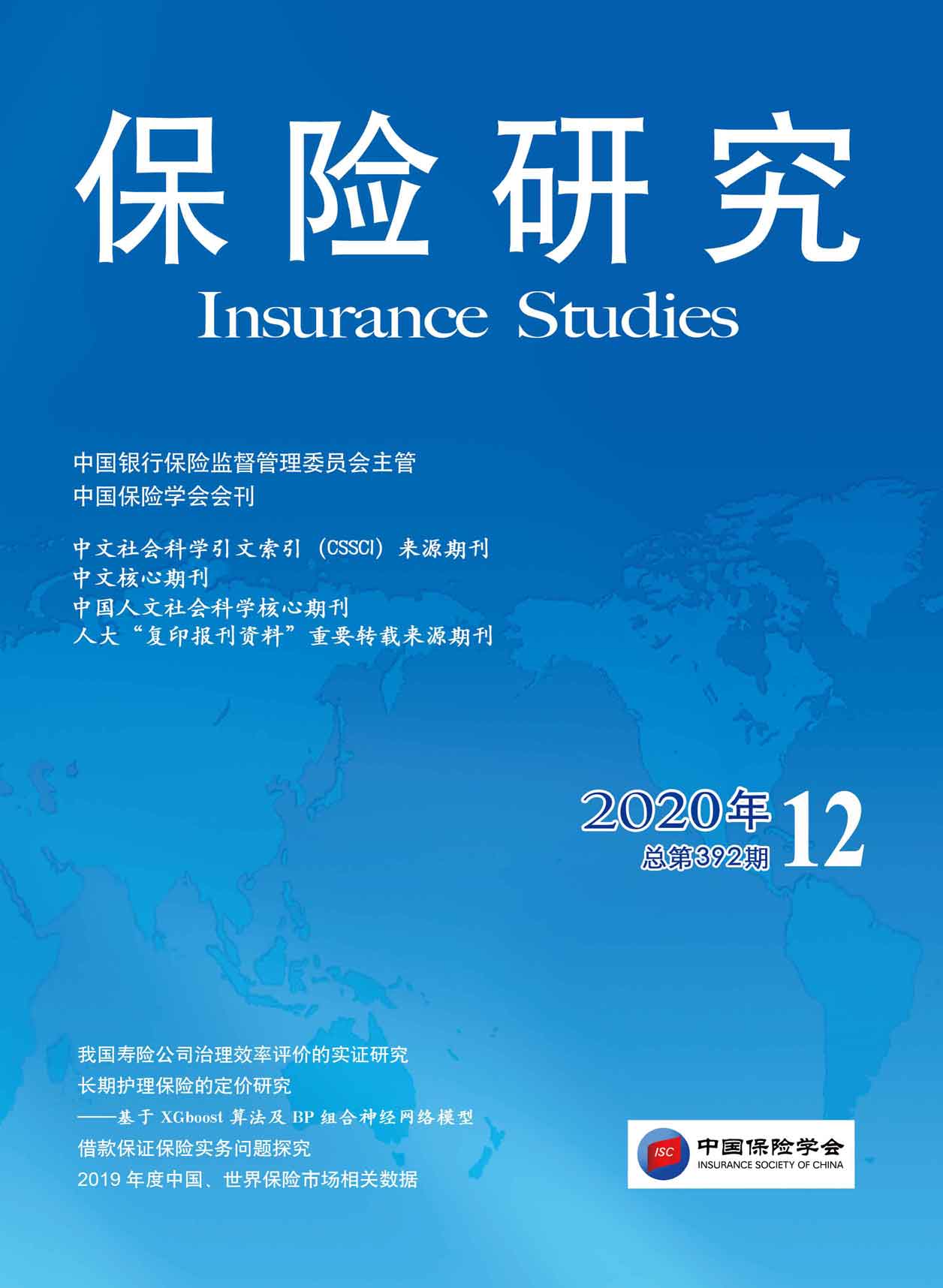
《保险研究》20201203-《长期护理保险的定价研究——基于XGboost算法及BP组合神经网络模型》(仇春涓、关惠琳、钱林义、王伟)
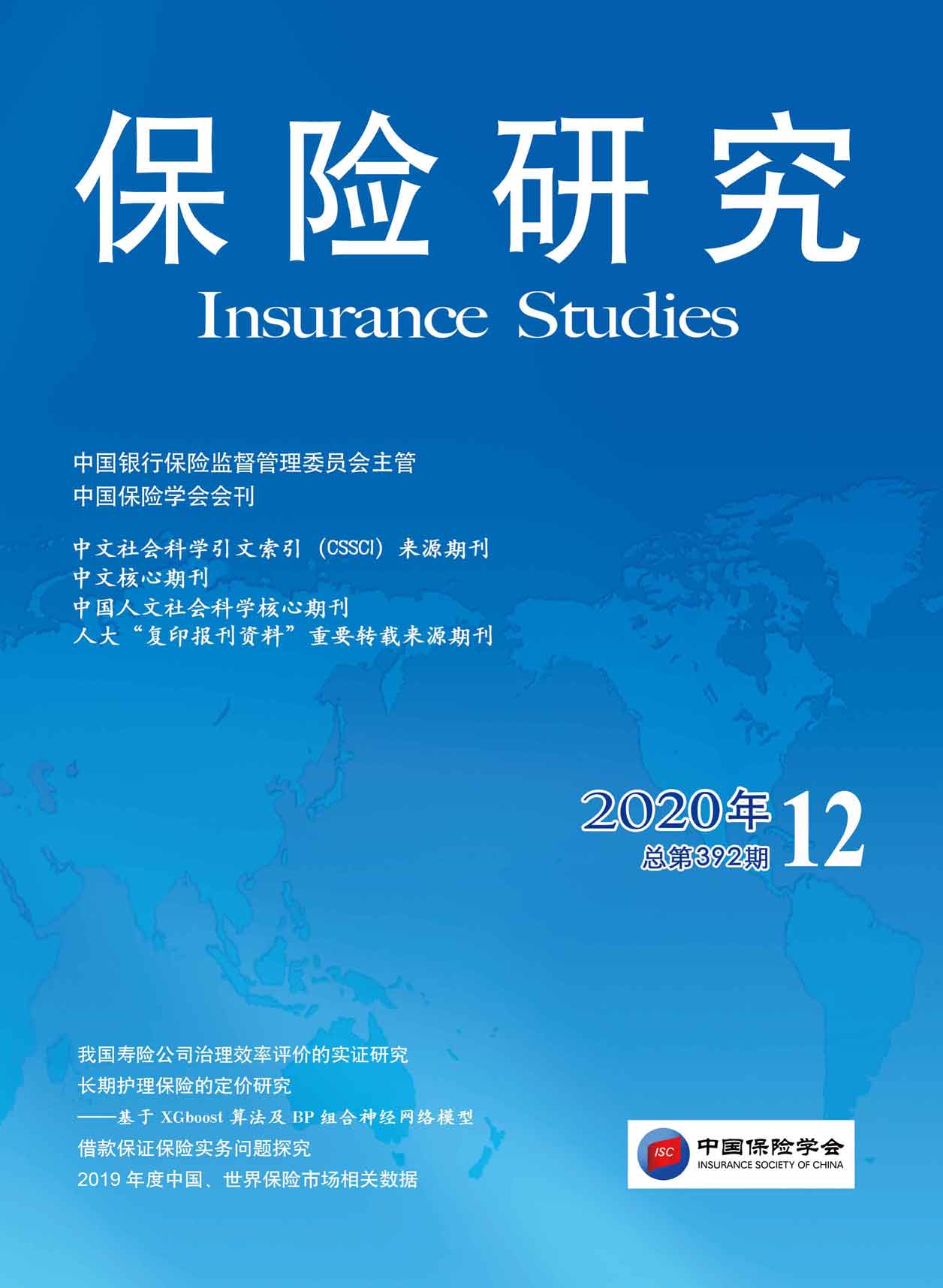
《保险研究》20201204-《特别重大事故影响个体风险偏好吗?——基于中国家庭金融调查的资产配置实证》(许荣、赵昶、常嘉路)
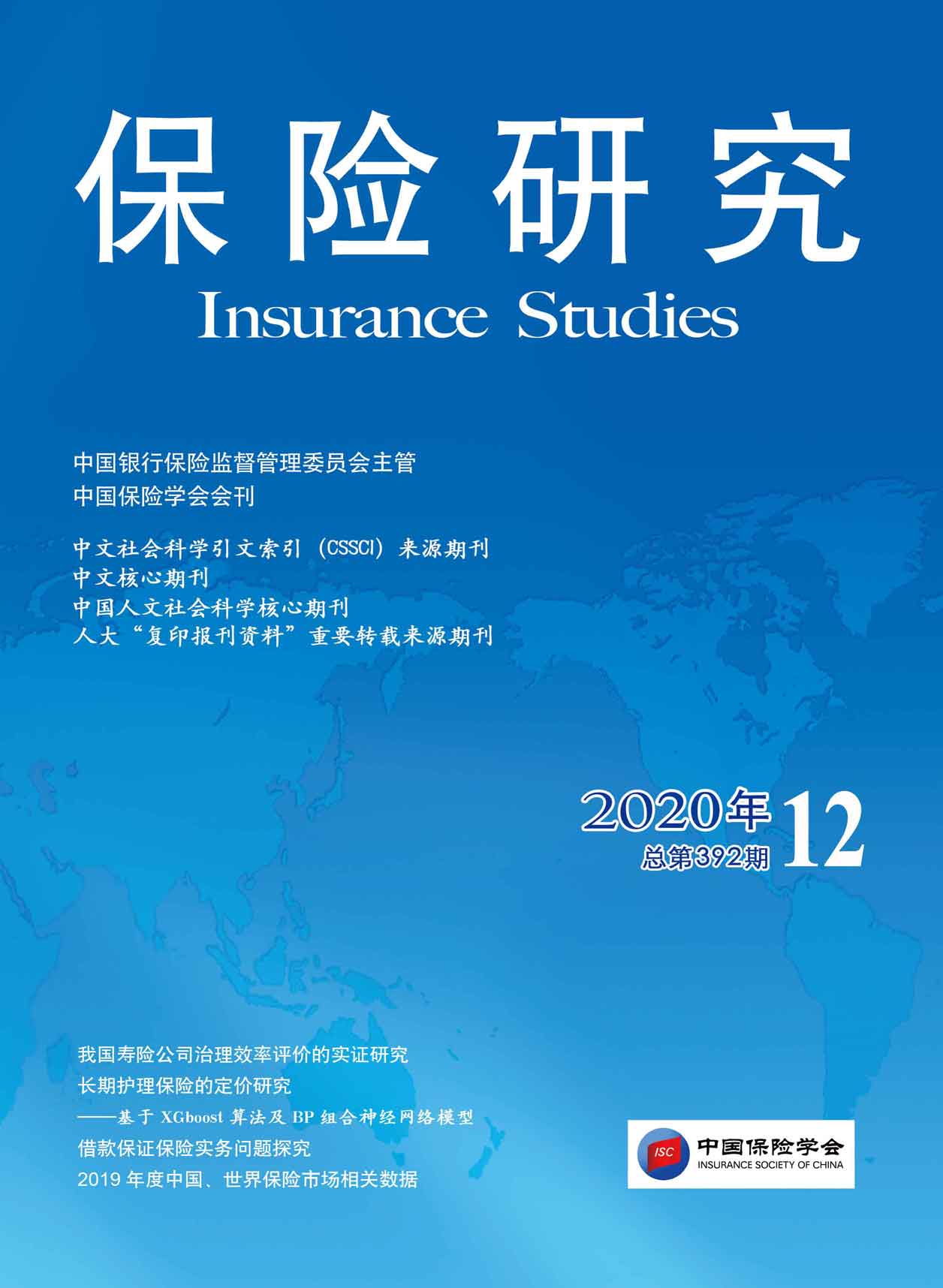
《保险研究》20201205-《用材林保险金额计算方法研究》(张德成、谢和生、马一博、朱洁净、范圣明、卜乐)

《保险研究》20201206-《边远地区农民享受金融服务的影响因素研究——基于新疆的微观调查数据》(杨新顺、雷汉云)
